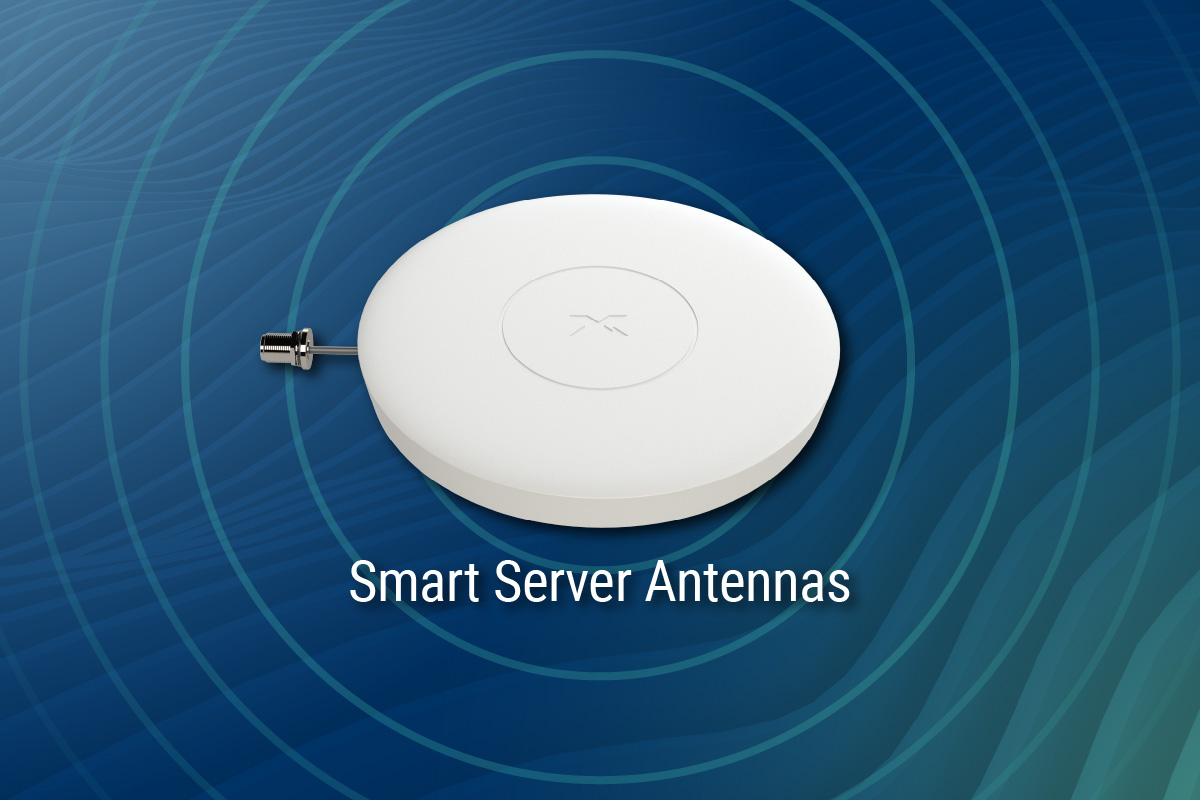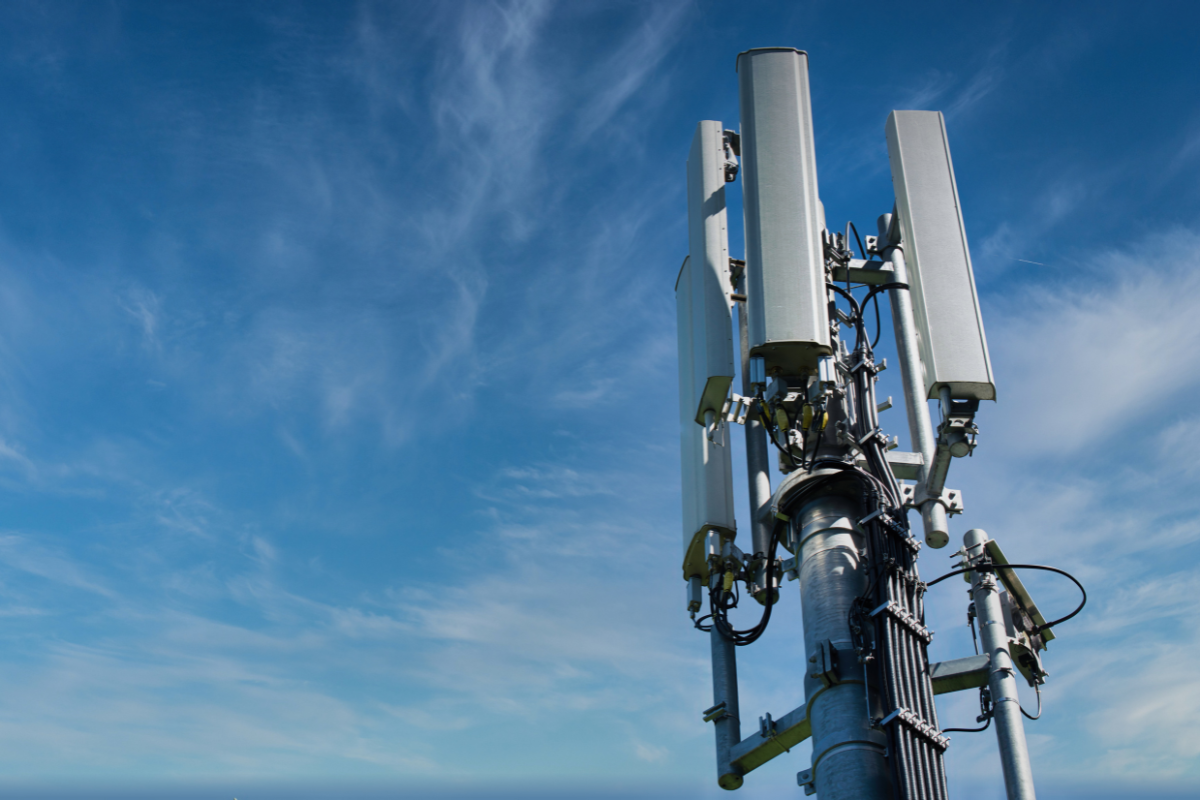IoT Sensor Combines with AI to Improve Safety in Public Buildings
If you’ve ever been to an escape room or played a modern video game, you know there are two sets of challenges. One is to solve the final puzzle, complete the master task, or defeat the giant gremlin. But before you even get the chance, you have to figure out the task itself – where to go, what to do, what tools to use, etc. This is very much the same situation that first responders face when arriving at a public emergency or potential mass casualty event. And before the first responders were called, a whole other set of people went through a similar decision process before they called for help.
Thinking about that video game again, consider what happens when you get a hint… even a small piece of information becomes a game-changer. Knowing something / anything about the scenario, you now have a much better chance for success and some confidence that you are doing the right thing. Back in the real world, next-generation in-building wireless coverage systems equipped with Nextivity Smart Server Antennas are poised to be those game changers. They can provide timesaving and potentially life-saving information to decision makers at every stage of an emergency.
Read on to learn more about the systems, devices, and expertise that come together to deliver this AI technology breakthrough.
The Connectivity Core
Besides providing best-in-class indoor cellular coverage, Nextivity has been working with partners and customers to leverage their capital investments in wireless coverage solutions to transform their business. Over the last five years, these partnerships have led to the development of our Connectivity Core™. It turns out that our patent portfolio and decades of experience in building indoor cellular networks make us uniquely positioned to revolutionize the role of in-building wireless systems.
The Nextivity Connectivity Core starts with our IntelliBoost® processor, which is the brain of all our CEL-FI products. This custom-developed chip packs immense processing power – allowing us to deliver the most intelligent wireless coverage solutions available. It also provides us with the processing power needed to deliver both public cellular signals and private cellular services inside a building – plus connect to a variety of sensors within that building. Add AI into the mix and sensor connectivity opens a whole new frontier of providing situational awareness to first responders, school administrators, and anyone responsible for in-building safety. These sensors leverage the investment made in wireless in-building coverage to enable IoT and transform the response to public safety events.
The second element of the Connectivity Core is our Smart Server Antennas. Utilizing patented technology, our Smart Server Antennas become the connectivity fabric inside the building. The unique aspect of an in-building wireless solution we are leveraging is that these systems are designed to deliver wireless signals into every nook and cranny of a building. This coverage footprint provided by the Smart Server Antennas is massively valuable. By adding the power of AI into each one of these antennas, we enable a network of AI powered sensors that reaches everywhere in the building.
Processing the information and decisions relayed by the Smart Server Antennas is the task of the third element of Nextivity’s Connectivity Core, the Edge Compute Node. The Edge Compute Node is an Edge Server that can receive inputs from multiple sources, but specifically from Smart Server Antennas over the in-building wireless coverage system that is powered by the IntelliBoost processor. Information that is sent to the Edge Compute Node may be analyzed using a combination of algorithms, including AI/ML algorithms. The decisions made by the AI/ML (machine learning) system and/or raw sensor data is then made available to end-user applications through a REST API.
The final element in the connectivity core is Nextivity Orchestration Software, which allows business or infrastructure applications to be deployed to Edge Compute Nodes. These applications may be ML/AI applications, as described below, or they could be a private LTE or 5G network. There are endless options. No matter the feature required, the needed software can be pushed to the edge to provide a complete managed service to the end customer. Offered as a complete managed service, this creates revenue opportunities for all parties in the value chain – turning what has historically been a passive CAPEX investment into a potential profit center.
Smart Server Antennas – The “Wow” Technology
Nextivity is proud of our patented smart antenna technology that allows us (and only us) to turn a DAS installation into a Connectivity Core that allows unique AI-driven IoT sensor networks deployment.
Nextivity Smart Server Antennas have three important characteristics. First, they are visible and addressable elements within the in-building wireless network. This means that network management systems, such as Nextivity WAVE software, can communicate with each antenna individually. The system will know whether antennas are present and can measure and monitor the signal conditions all the way to the antenna. From a public safety perspective, this means all the elements that form the in-building safety network are monitored and managed making the system robust against vandalism and other forms of tampering or damage.
Second, Nextivity Smart Server Antennas can connect to sensor devices in the building. This allows the wireless infrastructure to be used as an in-building sensor information highway. Because the antenna placement has been designed to provide ubiquitous indoor wireless coverage, any sensor can always reach at least one of the Smart Server Antennas. Gone are the days when multiple wireless fabrics needed to be deployed, each with their own complexities and requiring tuning to ensure coverage at the position where a sensor is deployed. And, if a sensor needed to be moved, or even worse – was mobile – the problem got even bigger.
The latest generation of Smart Server Antennas from Nextivity include the ability to act as a Zigbee router, in addition to transmitting wireless cellular signals within the building. The built-in Zigbee router enables industrial IoT sensors to be connected to the in-building wireless network and for all sensor data to be aggregated and made available from one central interface. Example sensors include occupancy sensors and temperature sensors, but any Zigbee-based sensor can be deployed.
In addition to general-purpose sensor devices, application-specific sensor devices may also be used. For example, vape detection sensors might be deployed in school environments, with vape detection events relayed to a central school management platform. This would feed information to administrators, allowing them to take appropriate actions.
The third and final characteristic of Nextivity Smart Server Antennas we’ll discuss is their ability to truly bring AI and ML to the edge of the network. Launching in mid-2024, the next generation of Nextivity smart antennas include the processing capability to deploy AI at each Smart Server Antenna locale. This is a massive leap forward for in-building wireless systems – turning a passive capital investment in cellular coverage into an active contributor to the greater safety mission of a school or public space. With each Smart Server Antenna being able to process the sensor information it ingests, decisions are taken in parallel, by multiple nodes, to produce action with the least amount of latency and potentially with the highest amount of diversity possible. This means we have successfully spread a huge amount of computing capacity throughout the building without adding any additional cabling, server rooms, etc. All we did was swap a run-of-the-mill antenna for a smart antenna, driven by a system we already needed for something else.
Public Safety Application – Advanced Gunshot Detection
Now that we’ve walked through the layers of technology required to deliver a wireless sensor network, equipped with smart antennas, simultaneously deployed with a cellular coverage solution – let’s find out how this changes lives.
In mid-2024, when the Nextivity Smart Server Antenna is launched as a next-gen smart antenna, it will have a new-to-the-world capability. This superpower uses the system’s ability to analyze sound to detect and locate gunshots. We developed this solution as part of our commitment to deliver 360⁰ public safety systems. Using our Connectivity Core, gunshot events can not only be classified and located inside a building, but the information can be relayed to emergency response systems, such as RaptorConnect, to enable rapid and accurate response to emergency events.
Consider the value of advanced gunshot detection in a school setting during a critical event. The sensor capability along with the machine learning capability of the Nextivity Smart Server Antennas enable the in-building wireless network to detect sounds and classify them as gunshots or [not gunshots]. Because multiple server antennas will typically hear the events, multiple algorithms will process the sensor information in real time. Because they are working together, this greatly increases the overall accuracy of the detection.
During an event with a gunshot detection system deployed, multiple Smart Server Antennas may respond with information about gunshot events they detected. AI/ML software on the Edge Compute Node would then analyze these inputs and determine the likely location of each gunshot event. This information is then sent to an end-user application as “Gunshot Detected with 95% likelihood close to Room B2” from where further action may be taken.
Conclusion
Providing law enforcement and other first responders with “hints” about what they are likely to encounter at a scene can lead to game-changing outcomes for everyone. While we hope there is never a need for this technology, there are real public safety benefits to deploying it in every public building and other gathering sites.




